THD to AMRConvert THD to AMR, THD to AMR Converter |
 |
| Home | Getting Started | Download | Buy Now! | Screen Shots | FAQ | Support | Contact |
Total Audio MP3 Converter converts THD files to AMR format. The software is an all in one audio converter that supports more than 90 audio and video files as input, and converts to popular formats such as MP3, WAV, AAC, M4A, OGG, WMA, and AMR. Total Audio MP3 Converter also supports batch conversion, and is full compatible with Vista and Windows 7.
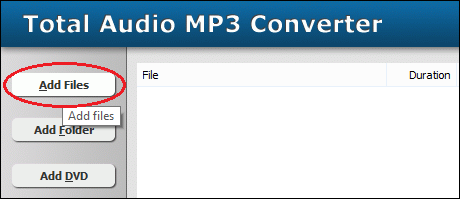 Click "Add Files" to choose THD files and then add them to conversion list. 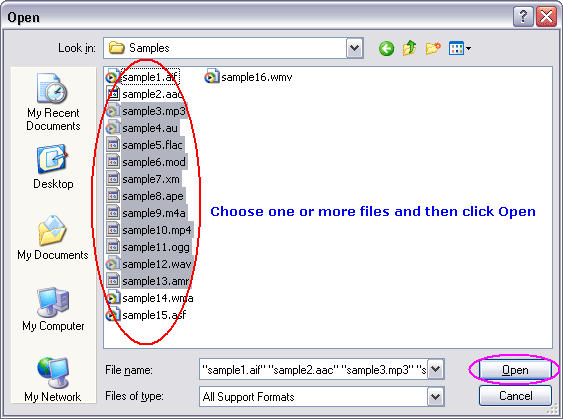 Choose one or more THD files you want to convert and then click Open. 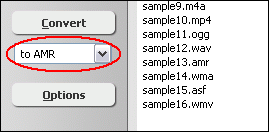  Click button "Convert" to convert THD files to AMR format. 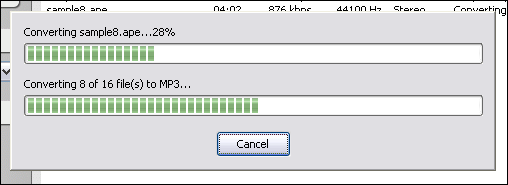 The software is converting THD files to AMR format. 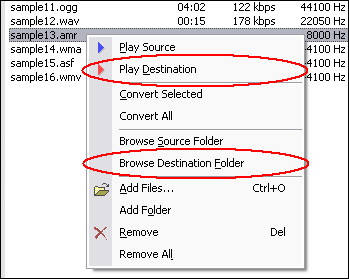 When conversion completes, you could right-click converted AMR file and choose "Play Destination" to play the outputted AMR file; or choose "Browse Destination Folder" to open Windows Explorer to browse the AMR file. What is THD? Dolby TrueHD uses Meridian Lossless Packing (MLP) as its mathematical basis for compressing audio samples. MLP was used on the earlier DVD-Audio format, but details of Dolby TrueHD and DVD-Audio differ substantially. A Dolby TrueHD bitstream can carry up to 14 discrete sound channels. Sample depths up to 24 bits/sample and audio sample rates up to 192 kHz are supported. Like the more common legacy codec Dolby Digital, Dolby TrueHD bitstreams carry program metadata. Metadata is separate from the coding format and compressed audio samples, but stores relevant information about the audio waveform. For example, dialog normalization and Dynamic range compression are controlled by metadata embedded in the TrueHD bitstream. In the Blu-ray specification, Dolby TrueHD is an optional codec. Dolby TrueHD audiotracks may carry up to 24 bit audio in up to 8 discrete audio channels at 96 kHz or up to 2 channels at 192 kHz. The maximum encoded bitrate is 18 Mbit/s (the same as the uncompressed rate). Since TrueHD is an optional codec, a separate (primary) AC-3 audiotrack must be present on Blu-ray discs that contain a TrueHD track. What is AMR? Key Features:
Convert THD to AMR Related Topics: OMA to AMR, MP2 to AMR, STR to AMR, M1V to AMR, M2TS to AMR, EAC3 to AMR, H264 to AMR, MLP to AMR, AVI to AMR, VOB to AMR, DIVX to AMR, WMD to AMR, MKV to AMR, QT to AMR, DIF to AMR, OGX to AMR, MPGA to AMR, SDP to AMR, MPEG to AMR, VID to AMR, ULAW to AMR, DRC to AMR, VMD to AMR, VQF to AMR, W64 to AMR, FLV to AMR, MP1 to AMR, FLIC to AMR, VFW to AMR, QCP to AMR, MMF to AMR, ROQ to AMR, DVR-MS to AMR, NUV to AMR, DV to AMR, 3GP to AMR, H263 to AMR, DXA to AMR, CAF to AMR, F4A to AMR
|
| Home | Getting Started | Download | Buy Now! | Screen Shots | FAQ | Support | Contact | Links |
| Copyright © 2008-2017 Hoo Technologies All rights reserved. Privacy Policy |